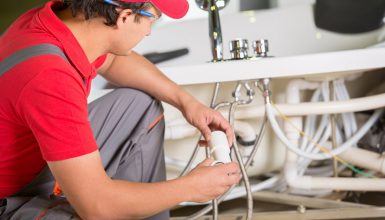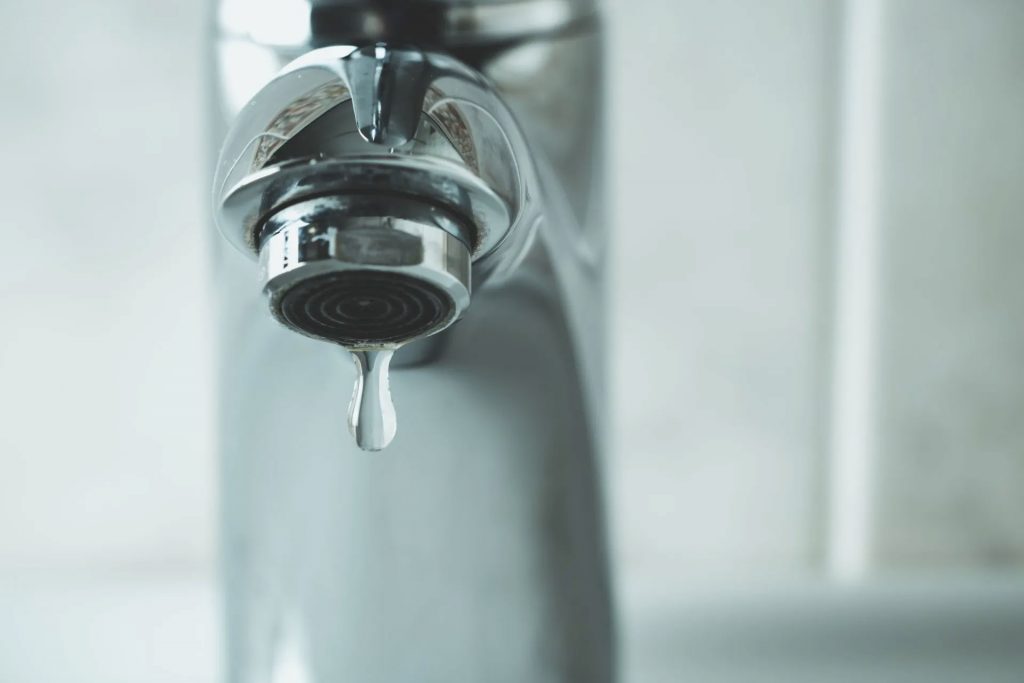Confirmed Techniques for Managing Low Water Pressure in Your Home
Confirmed Techniques for Managing Low Water Pressure in Your Home
Blog Article
Presented here further down you can discover some great material when it comes to Low Water Pressure in the House?.

Low tide pressure in your home can be an irritating issue, affecting every little thing from bathing to washing meals. If you're experiencing weak water circulation, there are several feasible reasons and remedies to explore. In this guide, we'll talk about usual factors for low tide pressure and useful steps to attend to the issue successfully.
Intro to Low Water Stress
Low tide stress happens when the circulation of water from your taps, showers, and various other components is weak than typical. This can make daily tasks much more difficult and much less effective. Recognizing the causes of low water stress is essential to finding the right service.
Usual Root Causes Of Low Water Stress
Pipe Obstructions
With time, pipes can become clogged with natural resource, sediment, or debris, restricting the circulation of water. This is a typical issue in older homes with galvanized steel pipelines.
Rust
Deterioration within pipelines can bring about leaks and lowered water stress. Corrosion build-up can tighten water flow, especially in maturing plumbing systems.
Faulty Stress Regulatory Authorities
Pressure regulatory authorities are accountable for keeping consistent water stress in your house. If they malfunction, it can result in low water pressure or unequal circulation throughout the house.
Local Supply Of Water Issues
Often, the issue lies outside your home. Community water concerns, such as main line leakages or maintenance job, can briefly reduce water stress in your location.
Just How to Identify Low Water Stress
Examining Taps and Fixtures
Begin by checking the water pressure at different faucets and components throughout your home. If the concern is separated to specific locations, it may indicate localized troubles.
Inspecting Pipes
Examine visible pipelines for indicators of leakages, rust, or blockages. Pay attention to any kind of uncommon audios, such as banging or rattling pipelines, which might indicate problems within the plumbing system.
Consulting with a Plumber
If you're incapable to determine the reason for low tide stress, think about hiring an expert plumber to carry out a complete evaluation. They can determine underlying problems and advise ideal services.
DIY Solutions to Take Care Of Low Water Pressure
Cleansing Aerators and Showerheads
Natural resources can gather in aerators and showerheads, minimizing water flow. Remove and cleanse these components regularly to boost water stress.
Flushing Water Heater
Sediment buildup in the hot water heater can limit circulation and lower effectiveness. Purging the storage tank occasionally aids remove debris and preserve optimum performance.
Inspecting Stress Regulatory Authority
Guarantee that the pressure regulatory authority is functioning correctly. Changing or changing the regulatory authority can help recover appropriate water stress throughout your home.
Clearing Up Clogs in Pipes
For small clogs, attempt using a plumbing snake or chemical drainpipe cleaner to clear obstructions in pipes. Be cautious when making use of chemicals and comply with safety guidelines.
When to Call a Professional Plumber
If do it yourself efforts fail to solve the issue or if you presume considerable plumbing issues, it's best to look for help from an accredited plumber. They have the know-how and devices to resolve intricate concerns safely and efficiently.
Preventive Measures to Keep Water Pressure
Routine Maintenance
Arrange routine maintenance for your plumbing system to prevent problems such as deterioration, leakages, and blockages. Attending to small problems early can aid stay clear of more significant repair services later.
Setting Up a Stress Booster
Think about mounting a pressure booster pump to enhance water pressure in locations with consistently low flow. This can be particularly beneficial for multi-story homes or properties with high-demand fixtures.
Tracking Water Use
Be mindful of water usage habits and avoid overtaxing the plumbing system. Straightforward adjustments, such as shocking showers and washing tons, can assist maintain ample water stress.
Conclusion
Managing low water stress can be aggravating, but recognizing the underlying reasons and implementing proper solutions can recover optimal circulation throughout your home. Whether it's cleansing aerators, inspecting pipes, or talking to a plumber, taking aggressive actions can guarantee a steady supply of water for your day-to-day requirements.
FOUR WAYS TO FIX LOW WATER PRESSURE NOW
Turning on a shower or faucet only to find the water comes out in a sad, slow drizzle is never a good feeling. How exactly are you supposed to wash a pan or take a quick shower when it takes 10 minutes just to rinse off a little soap? The good news is that when your water pressure is bad, there's always a cause: typically one that can be easily fixed. Here are some of the most common causes of low pressure and what you can do to fix the issue:
DEBRIS AND MINERAL DEPOSIT BUILDUPS
If you notice low water pressure from just one or two of the fixtures in your house, the problem likely has to do with debris buildup. Water is full of minerals and other debris, all of which can accumulate in your pipes and on your fixtures. This can cause a blockage that affects how much water flows through. To fix this, try filling a small plastic bag with white vinegar, and use a rubber band to hang it around your showerhead or faucet. Let the head of the fixture soak for a few hours, and the vinegar should loosen the deposits.
WATER LEAKS
Leaks are another common cause of low water pressure. If water is flowing out of your plumbing through a hole or crack before it can reach your fixture, the pressure coming out of the faucet or showerhead will be lower. A plumbing professional is your best bet for finding and repairing a leak in your water supply pipes.
Leaks are another common cause of low water pressure. If water is flowing out of your plumbing through a hole or crack before it can reach your fixture, the pressure coming out of the faucet or showerhead will be lower. A plumbing professional is your best bet for finding and repairing a leak in your water supply pipes.
FOUR WAYS TO FIX LOW WATER PRESSURE NOW
Turning on a shower or faucet only to find the water comes out in a sad, slow drizzle is never a good feeling. How exactly are you supposed to wash a pan or take a quick shower when it takes 10 minutes just to rinse off a little soap? The good news is that when your water pressure is bad, there's always a cause: typically one that can be easily fixed. Here are some of the most common causes of low pressure and what you can do to fix the issue:
DEBRIS AND MINERAL DEPOSIT BUILDUPS
If you notice low water pressure from just one or two of the fixtures in your house, the problem likely has to do with debris buildup. Water is full of minerals and other debris, all of which can accumulate in your pipes and on your fixtures. This can cause a blockage that affects how much water flows through. To fix this, try filling a small plastic bag with white vinegar, and use a rubber band to hang it around your showerhead or faucet. Let the head of the fixture soak for a few hours, and the vinegar should loosen the deposits.
WATER LEAKS
Leaks are another common cause of low water pressure. If water is flowing out of your plumbing through a hole or crack before it can reach your fixture, the pressure coming out of the faucet or showerhead will be lower. A plumbing professional is your best bet for finding and repairing a leak in your water supply pipes.
Leaks are another common cause of low water pressure. If water is flowing out of your plumbing through a hole or crack before it can reach your fixture, the pressure coming out of the faucet or showerhead will be lower. A plumbing professional is your best bet for finding and repairing a leak in your water supply pipes.
A VALVE ISSUE
If you have low water pressure throughout your home, check your main shut-off valve to make sure it's completely open. You may also want to see if there's a pressure-reducing valve installed. If there is, have a plumber help you adjust the settings to get the pressure you're looking for.
OTHERS USING WATER
Believe it or not, your low water pressure could be caused by your neighbors. If you notice low pressure at certain times of day, it may be because you and the people living next to you have similar schedules - when everyone is showering at the same time, the pressure will be lower in every home. Low pressure throughout the neighborhood may also be caused by an issue with your municipal water supply. If that's the case, call the supplier to see if they're working on the issue.
https://www.rotorooter.com/blog/water-leaking/low-water-pressure-fixes/

As a fervent reader about , I assumed sharing that short article was smart. Do you know about anybody else who is truly interested in the subject? Please feel free to promote it. We truly appreciate reading our article about Dealing with Low Water Pressure in Your Home.
Get Your Estimate Now Report this page